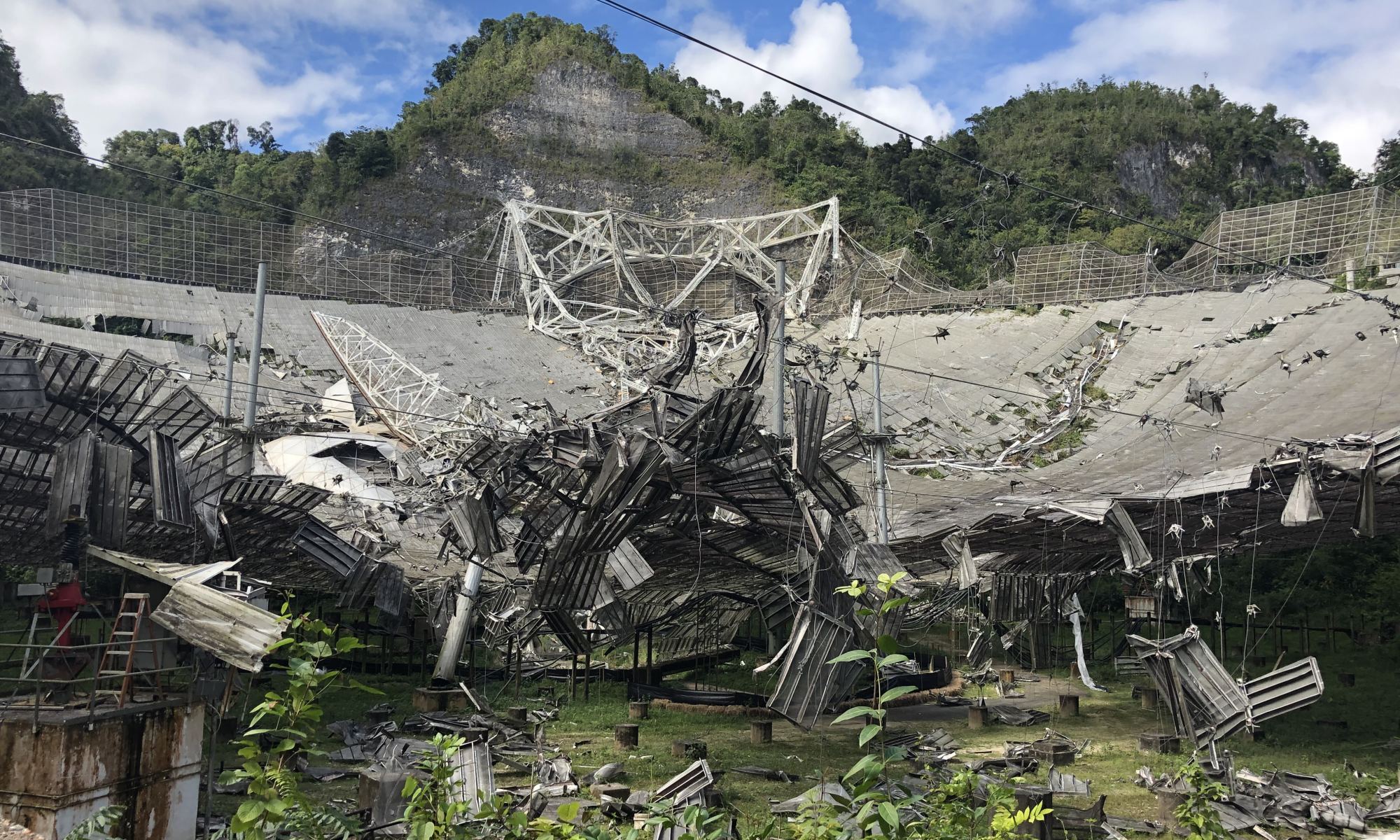The last hope for the restoration of the Arecibo telescope has faded. In 2020, the radio telescope was badly damaged, but the iconic radio antenna was first planned to be repaired and launched. But last year, the National Science Foundation (NSF) announced it would not restore or replace the iconic Arecibo radio antenna in Puerto Rico. There was a glimmer of hope among supporters that the remaining astronomical infrastructure would eventually be used in some way.

This week, NSF announced that it had selected four institutions to transform the facility from a historical center for astronomical research into an educational center for STEM education (science, technology, engineering and mathematics) with a focus on biology. The biomedical laboratory Cold Spring Harbor Laboratory in New York, together with the University of Maryland in Baltimore County, the University of Puerto Rico (UPR) and Universidad del Sagrado Corazón in San Juan will manage the new educational center.
NSF said it would invest more than USD 5 million over five years to establish the Arecibo Center for Culturally Relevant and Inclusive Science Education, Computational Skills and Community Engagement (Arecibo C3).

The NSF press release notes that this center will serve as a catalyst for the expansion and inclusive involvement of students, teachers, researchers, local communities and the public in Puerto Rico and beyond to a wide range of scientific, technological, engineering and mathematical disciplines, cutting-edge research and human resource development initiatives. Its opening is scheduled for early 2024.
Prior to the destruction of the telescope, NSF annually allocated about 7.5 million dollars for the maintenance of the object.
Mark in history
The Arecibo Telescope was a radio telescope with a spherical reflector with a diameter of 305 m, mounted in a natural funnel and located near Arecibo, Puerto Rico. It was completed in 1963 and was the world’s largest single-aperture telescope for over 50 years. Its record was broken by the Chinese FAST in 2016.

Arecibo has been used in three main fields of research: radio astronomy, atmospheric science, and radar astronomy. It contributed to significant breakthroughs in astronomy and cosmology, in particular the discovery of the first double pulsar, the first millisecond pulsar, and the first exoplanets, and also helped in the study of asteroids and planets in the Solar System. In addition, the observatory plays an important role in the Search for Extraterrestrial Intelligence (SETI).
Beginning of problems
Problems with the telescope began in 2017, when Hurricane Maria swept over Puerto Rico, cutting off one of the 29-meter antennas suspended above the dish, and falling debris pierced the dish in several places.
In early 2020, the observatory was temporarily closed for safety reasons due to earthquakes. Subsequently, a series of cable damages led to the fact that, in December 2020, a 900-ton instrument platform suspended above the observatory fell on the giant dish of the iconic telescope and damaged it very badly.
Loss of an important detector
After the fall, many called for the telescope to be restored or an even better replacement telescope to be built on this site. A group of astronomers proposed to build a platform with 102 13-meter dishes to create the Arecibo Observatory of the “next generation”, placing them in a fixed circular grid 130 meters across. It would be less than half the diameter of the original Arecibo telescope, but with more than a hundred receivers, it would be much more sensitive. It seems that this suggestion is being ignored by the NSF.

Last year, NSF decided that Arecibo should serve as a center for STEM education and public awareness. This decision was made despite the fact that the recommendations of the Ten-Year Review of Planetary Science and Astrobiology noted that the loss of the Arecibo Observatory’s planetary radar significantly limited the ability to further determine the characteristics of objects potentially threatening the Earth. The existing radar infrastructure can observe only half of the asteroids that could once be observed from Arecibo.
Earlier, we told you what science lost with the legendary Arecibo radio telescope.
Follow us on Twitter to get the most interesting space news in time
https://twitter.com/ust_magazine
